The art of the studied insult
 The outcome of the now-concluded G7 summit in Cornwall was to have been so different. Flying in the Red Arrows to impress the forrins with high-speed aerobatics, wheeling in Elizabeth Mountbatten-Windsor and her family in to schmooze and press the flesh; even the notoriously fickle English weather behaved itself.
The outcome of the now-concluded G7 summit in Cornwall was to have been so different. Flying in the Red Arrows to impress the forrins with high-speed aerobatics, wheeling in Elizabeth Mountbatten-Windsor and her family in to schmooze and press the flesh; even the notoriously fickle English weather behaved itself.
Yes, the impression part-time alleged prime minister Alexander Boris de Pfeffel Johnson and his organising committee wanted to do was show a reinvigorated English Empire, confident and occupying a major place on the world stage now Brexit had been done and the country had broken free of the shackles ostensibly imposed upon it by the Brussels Eurocrats.
However, what has emerged is the English Empire’s diminished role and importance in the world as a consequence of Brexit. The G7 media headlines have been dominated by the problems caused by Brexit and in particular the UK’s failure to implement the Northern Ireland Protocol, a binding international treaty signed as part of the divorce agreement between the EU and the English Empire, a matter which earned the part-time alleged prime minister a rebuke from US president Joe Biden.
However, Biden’s was not the only reprimand earned in recent days by Johnson’s government of none of the talents. On social media David Frost, the English Empire’s chief Brexit negotiator, who is also known as Frosty the No Man on account of his negotiating style, earned the displeasure of those on Twitter who can see further than the White Cliffs of Dover for turning up to a crunch meeting with the EU wearing tacky Union Jack socks.
In addition, Frost and other members of the alleged government have been widely quoted in the right-wing British media as calling on the evil EU to be less purist in its interpretation of the Withdrawal Agreement and Northern Ireland Protocol. Consulting an online dictionary, one of the definitions of purism is a strict adherence to particular concepts, rules.
That’s right. The EU is and always has been a rules-based, whereas Britannia has long preferred to waive the rules.
The above-mentioned meeting between the EU and the English Empire did not end well, with EU officials clearly exasperated by the attitude of the English Empire government.
In particular, the words attributed to on EU official quoted have been interpreted as patronising by the Daily Brexit, which some still call the Express.
According to the Daily Brexit:
An aide to the EU chief told Channel 4 News that the tweet “was in English so that the British can understand it”.
This anonymous quote clearly falls into the definition of a studied insult.
In this context studied denotes an insult that is either the result of deliberation and careful thought or is based on learning and knowledge.
The quote is clearly aimed at the monoglot Brits’ ages-old reluctance to learn foreign languages (apart from Latin and classical Greek.? Ed.), even though a properly global Britain will need all the linguists it can get, but shows no signs of producing, with both the number of British universities still teaching degree modern language courses in decline and the number of undergraduate linguists also in decline.
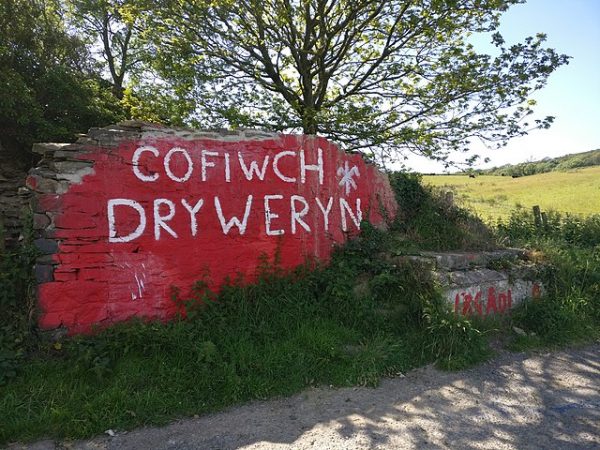
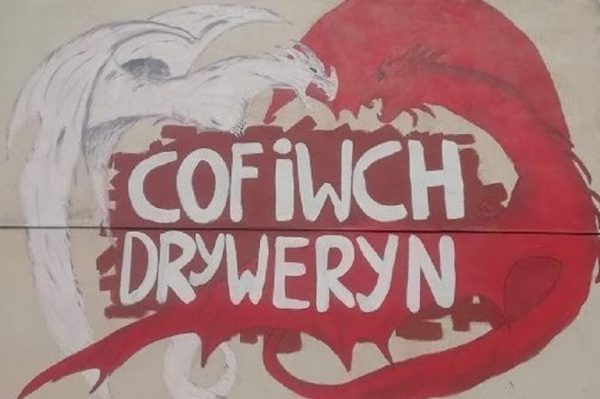

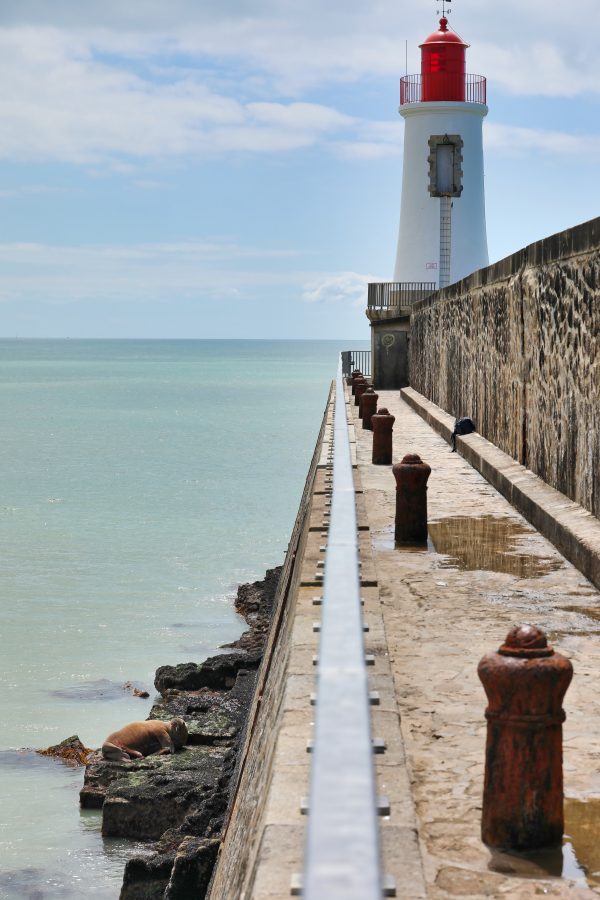
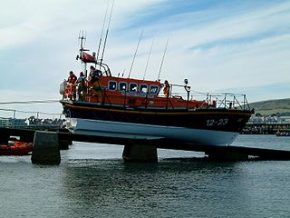
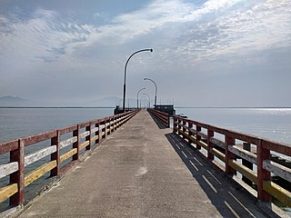
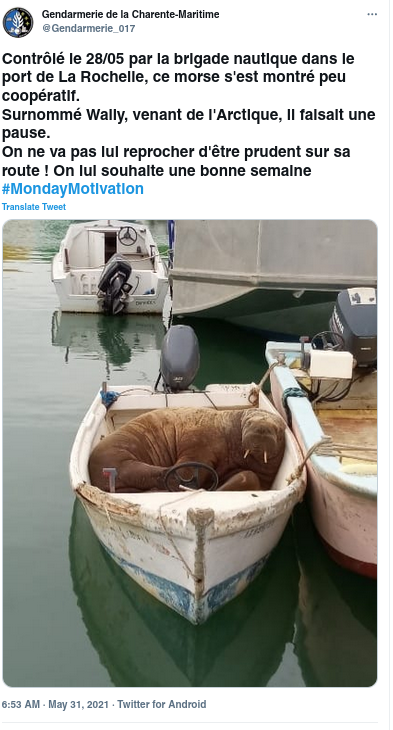

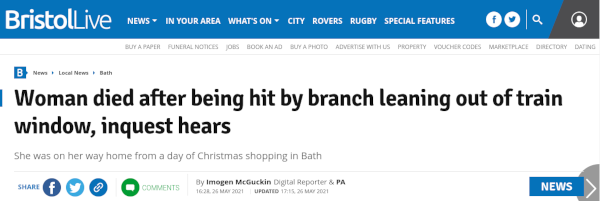
 The latter attracted my interest as the Department for Transport (DfT) is currently under the stewardship of that well-known latter-day spiv, Grant Shapps, alias Michael Green, Sebastian Fox and Corinne Stockwood (
The latter attracted my interest as the Department for Transport (DfT) is currently under the stewardship of that well-known latter-day spiv, Grant Shapps, alias Michael Green, Sebastian Fox and Corinne Stockwood (
 IT news site
IT news site